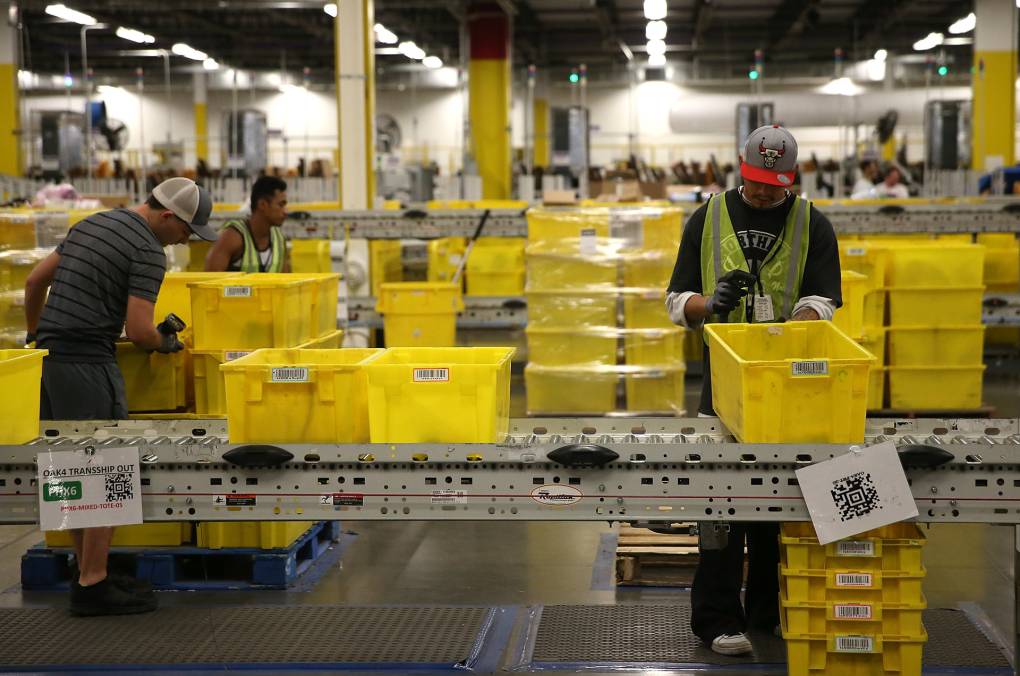Back in 2017, San Francisco became the first city in the U.S. to offer new parents their full paychecks while they miss work to bond with their babies or adopted children.
But according to a study published this week in the health policy journal, Health Affairs, the historic law has limited reach among low-income families, who arguably need the benefits the most.
The study found that, among new mothers, low-income women were much less likely to understand the benefits or be eligible for them. That’s partly because these employees tend to be in jobs not covered by the ordinance, according to the study’s lead author, Julia Goodman, an assistant professor in the School of Public Health at Oregon Health and Science University.
“The intent of this policy was to provide full pay so that lower-income workers would be able to take advantage of them,” Goodman said. “But then some of the choices that were made in terms of who’s eligible, who’s covered, end up excluding those very workers.”



